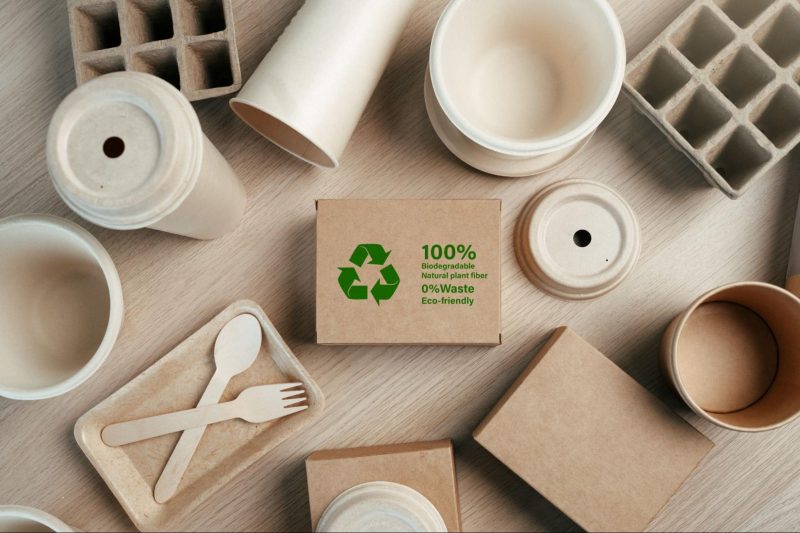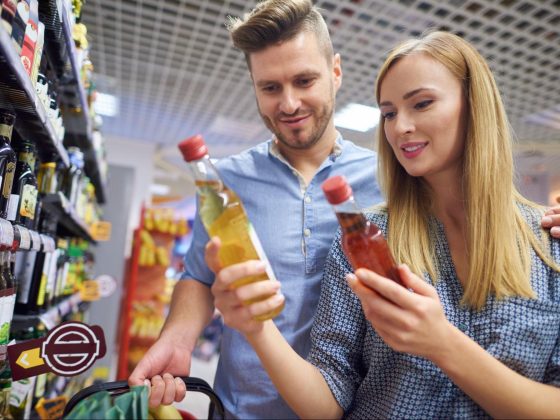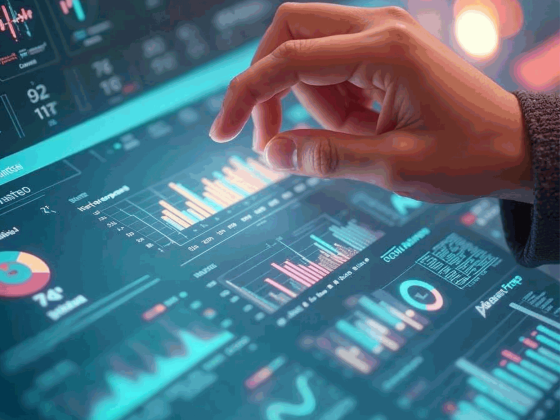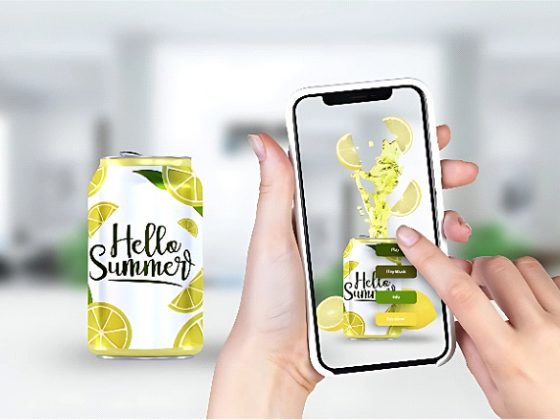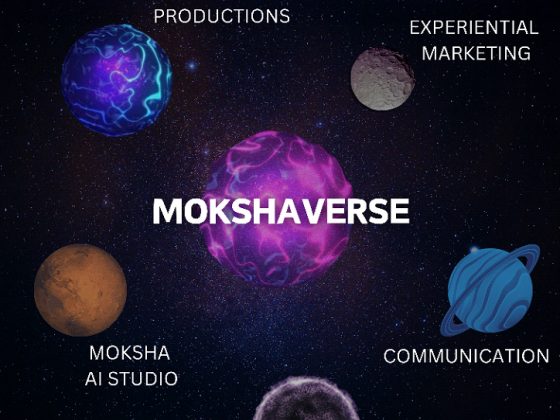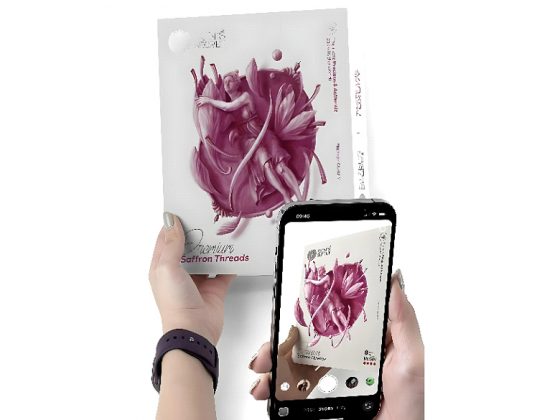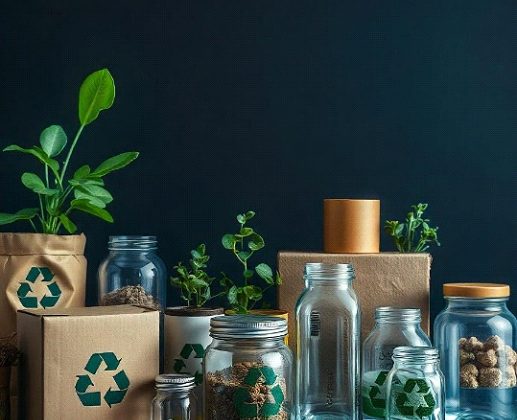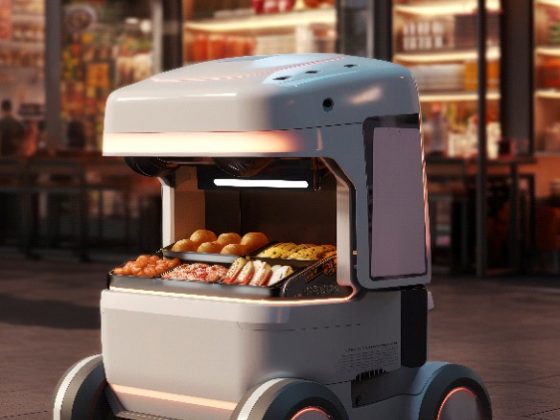The expectations surrounding biodegradable packaging in the FMCG sector are high. Consumers are more informed than ever about the environmental consequences of their purchases, and their demand for sustainable packaging is surging. In a 2022 survey by Trivium Packaging, 86% of consumers among younger generations (<45) indicated they were willing to pay more for sustainable packaging, especially in categories like food, beverages, and personal care products. This heightened awareness has forced FMCG companies to reevaluate their supply chain processes and ensure sustainability goes beyond the shelf.
What’s particularly noteworthy about biodegradable packaging is its integration across various touchpoints in the supply chain. From procurement to disposal, it provides a holistic approach to sustainability. It reduces the carbon footprint during production, as these materials typically require less energy and resources than traditional plastics. For example, research by the Ellen MacArthur Foundation estimates that switching to biodegradable packaging could reduce global carbon emissions by 25%. Additionally, because these materials decompose faster and more efficiently, they lower the burden on landfills and waste management systems. This ease of disposal adds a new layer of convenience, appealing to environmentally conscious consumers and businesses seeking to streamline operations.
Another key driver of the shift toward biodegradable packaging is legislation. Governments worldwide are introducing strict regulations aimed at reducing plastic waste. The European Union’s Single-Use Plastics Directive, which came into effect in 2021, is one example. It requires member states to limit plastic consumption and promote the use of sustainable alternatives like biodegradable materials. FMCG companies are now compelled to innovate, not just to satisfy consumer demand but to comply with these evolving legal frameworks.

